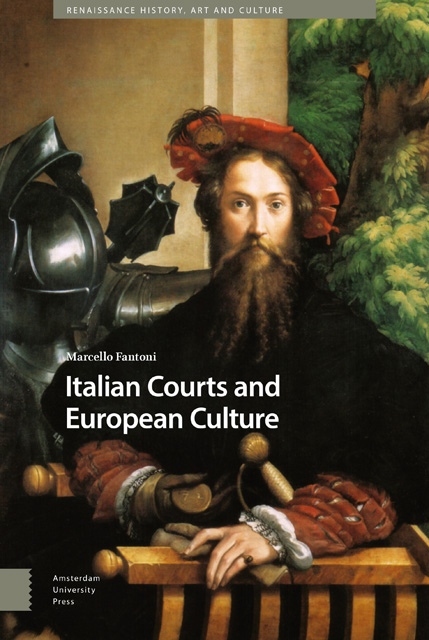Summary
By political iconography we mean the infinitely varied universe of images through which power and the powerful are represented. It is a language made up of symbols, allegories, and histories, suitable and modified to define the precise concepts whose understanding is available to a defined social circle. It matters little that it is explicated in dynastic portraiture, monumental sculpture, medals, or cycles of frescos and tapestries, in the open or inside the palatine spaces. It was a language that was set out on various semantic levels and whose alphabet developed in time. The triumph of ancient gods in Renaissance Italy and then in Europe occupies an immense place ‘in the art and literature of the sixteenth century.’ It is a ‘veritable invasion.’ Italy is not merely the place where ancient gods first reappear, it is where they were first returned to their pristina forma (‘original form’). They were restored in their authentic aspects and attributes and from this profound discontinuity vis-à-vis the Middle Ages starts a new era of their parallel life with Christian symbolism. Reinvigorated by their new traits, they undertake a long journey – of over three centuries – in European political iconography, in poetry and in the imagination. It is ‘thus frequently by way of Italy that sixteenth-century Europe gains its knowledge of antiquity’; it is Italy that sends out the ancient gods ‘to the conquest of other peoples.’
We can take the equestrian statue as an example. The genre was already widespread in the Italy of the Communes and signorie in the fourteenth and fifteenth centuries, but it was not till the following century that it crossed all boundaries. In any case, from the effigy of Niccolò III facing the cathedral of Ferrara (1431) to that of Peter the Great looking toward the Neva in St Petersburg (1782), the equestrian statue was ‘une pièce fondamentale dans les stratégies de représentation et de communication de la monarchie en Europe occidentale aux temps modernes.’ The continental monarchies were inspired by the Italian model.
- Type
- Chapter
- Information
- Italian Courts and European Culture , pp. 197 - 208Publisher: Amsterdam University PressPrint publication year: 2022

